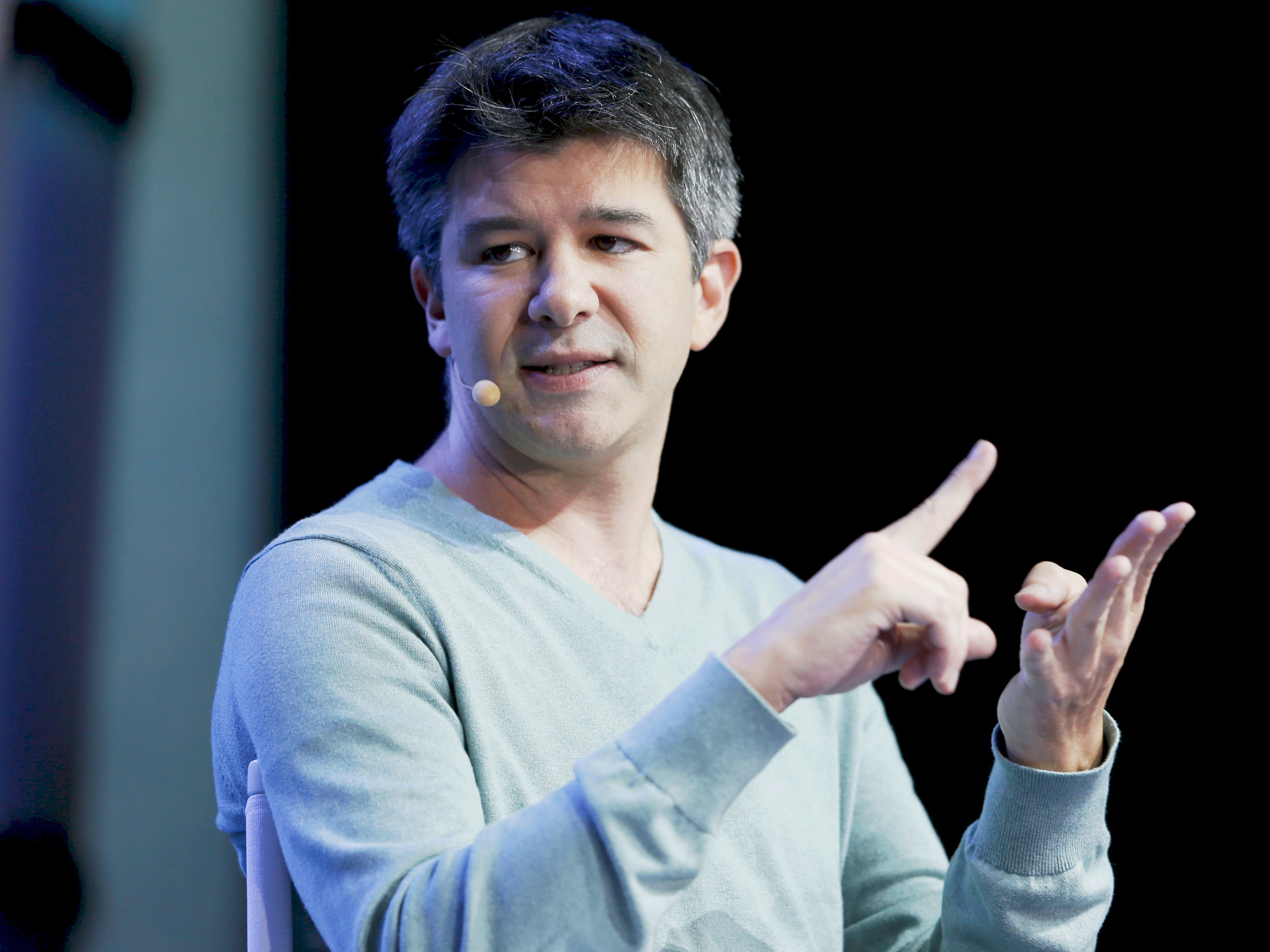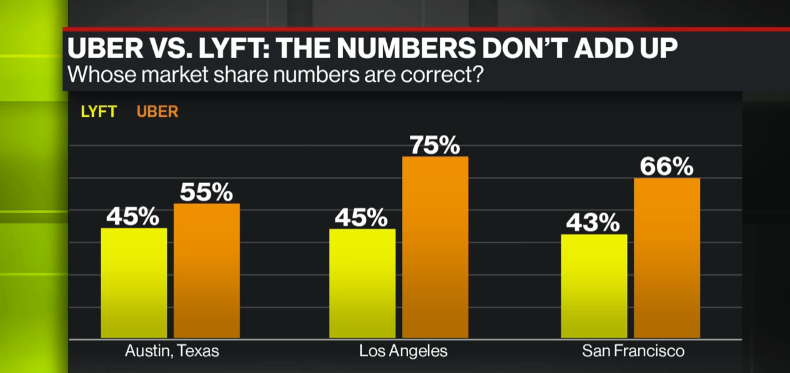Uber has passed the break-even point in the US and Canada

Travis Kalanik, CEO, Uber. Photo Reuters.
Bloomberg correspondent Eric Newkamer writes in his publication that since February 2016, Uber has ceased to operate at a loss in the United States and Canada. Initial plans to achieve profitability were set at the end of the second quarter of the current year.
Now the company receives $ 0.19 profit from each trip. This figure does not include other income (for example, interest on deposits), is considered to be taxes or compensation payments to employees (including securities).
')
On average, Uber takes 25% of the cost of the trip, but since the overall pricing scheme, which Newcammer called “growth-mode”, is quite peculiar in the platform (dumping through drivers' fiscal stimulation and volume of orders), it’s hard to say that without Uber the driver would receive and the passenger paid a quarter more.
Uber's main expenses: marketing, support lines, development.
The company also reported on the number of trips in March: 50 million in the United States and 169 million worldwide. Lyft, the closest competitor in the United States, “made” only 11 million trips around the country in March.

The estimated distribution of market shares of Uber and Lyft in the three main cities of presence.
In China, Uber is still losing a billion dollars a year, but since January 2015, the company has expanded its market share from 1-2% to 30%.
The company's loss for the first three quarters of 2015 amounted to $ 1.7 billion. Kubishka Uber is $ 6 billion of raised funds in highly liquid assets, as well as open credit lines for $ 2 billion.
Source: https://habr.com/ru/post/300146/
All Articles